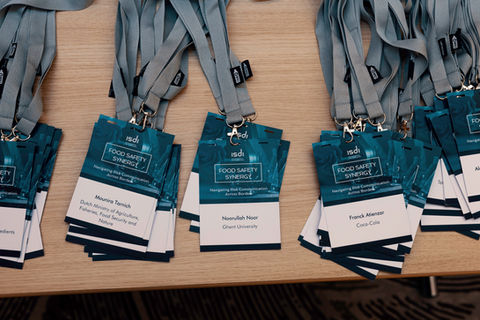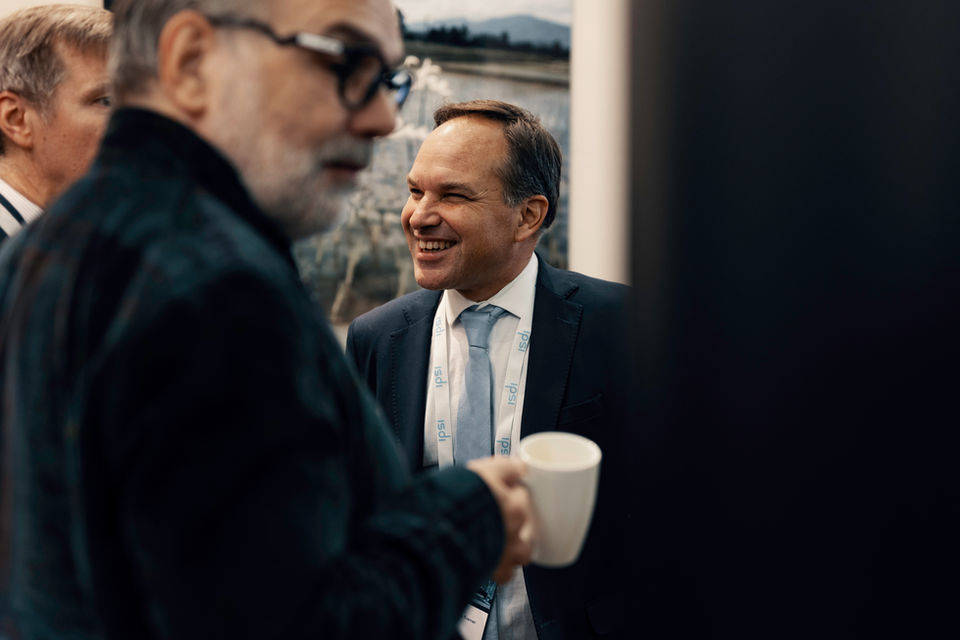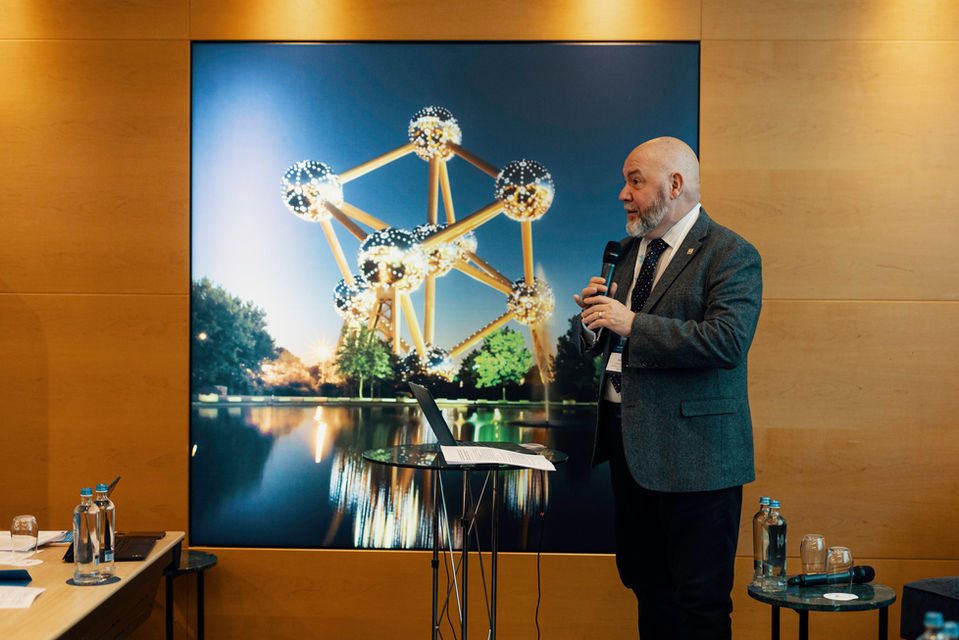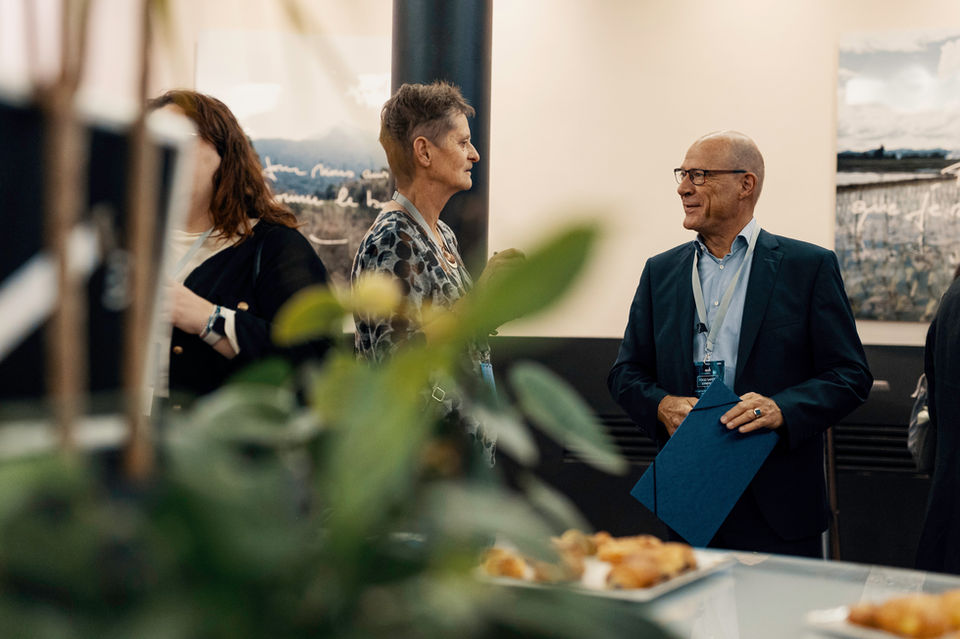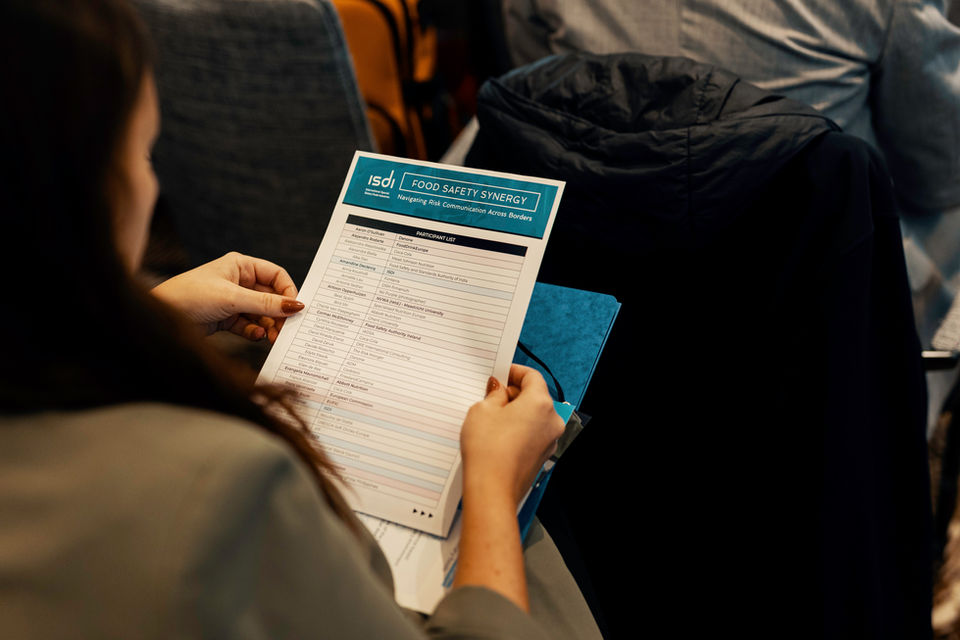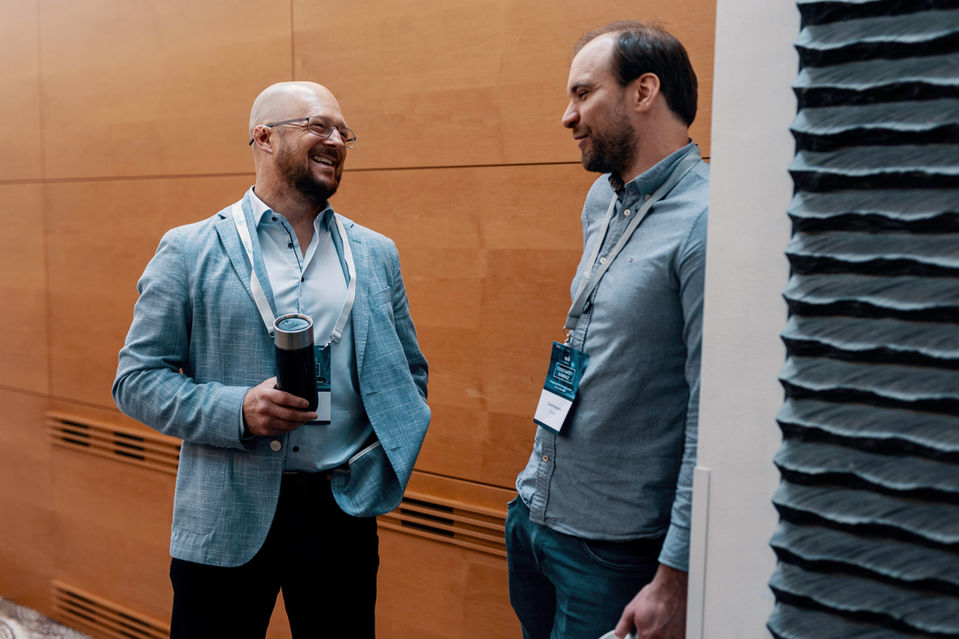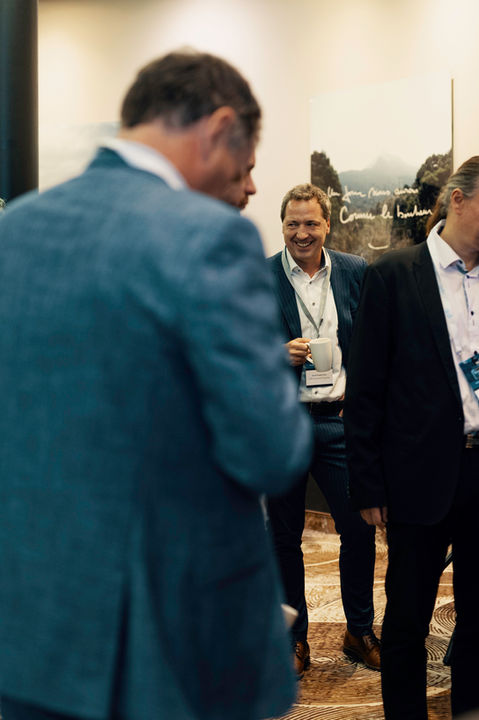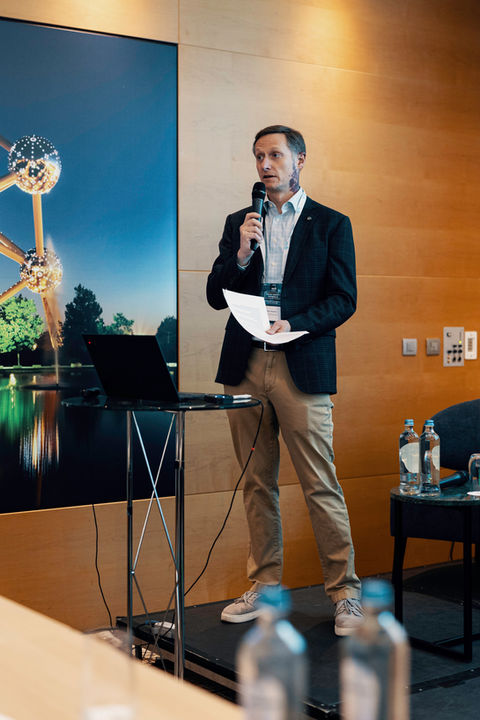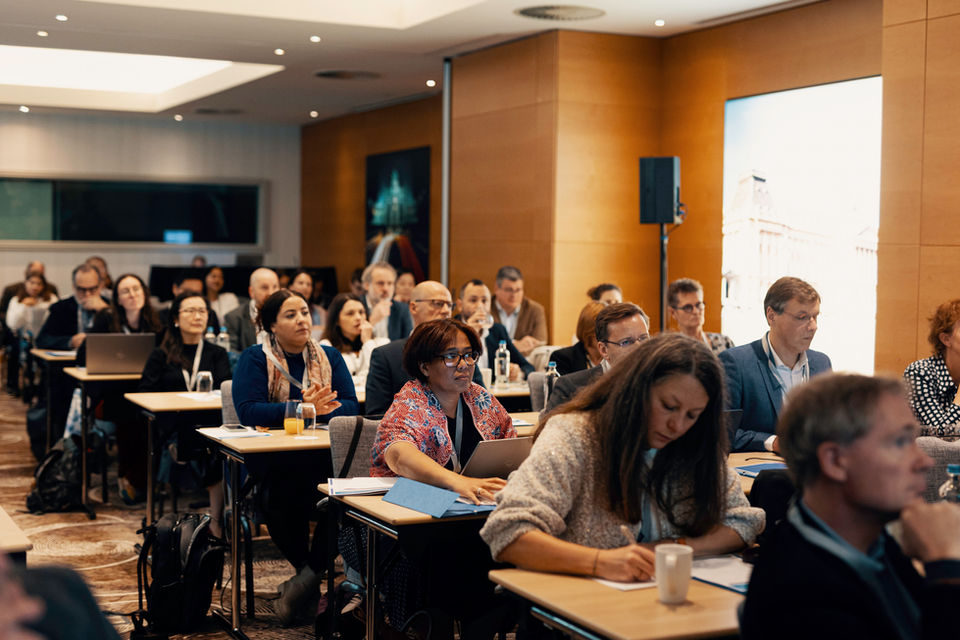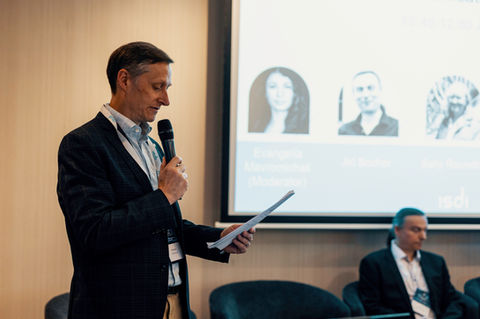#FoodSafetySynergy

Risk Communication: Restoring Trust in an Uncertain World
On World Food Day, 16 October 2025, ISDI organised a forum in Brussels dedicated to risk communication – a dimension often overlooked compared to risk assessment and risk management, yet increasingly vital in our complex, fast-moving world.
Around 60 participants gathered, representing a wide range of scientists, regulators, industry and communicators working at international, European and national levels.
In an era where misinformation and alternative narratives travel faster and further than scientific facts, public confidence in expertise and knowledge is eroding. Many participants observed that while quality science is being produced, it often fails to reach or convince the public. When trust in science falters, the very foundations of risk analysis weaken. Risk communication, therefore, is not merely about disseminating information; it is about rebuilding trust, a process that takes years to restore once lost. If science alone is no longer sufficient, risk communication must bridge the gap, creating trust between experts and consumers.
An inspired acronym shared during the forum captured the essence of effective risk communication: TRUST – Transparency, Relationships, Understanding stakeholder needs, Science-based and Technology.
Science-based communication remains the foundation. Messages must rest on the most accurate and up-to-date evidence, supported by a rigorous and consistent assessment of risk. A unified, coherent message strengthens credibility and prevents confusion.
But Transparency is equally critical. Scientists must not only share what they know, but also how they know it. Opening the scientific process to the public reassures people that risks are managed with care and responsibility. Transparency should not be reactive – limited to crises – but proactive and sustained during periods of calm. Only then can long-term trust take root.
Understanding stakeholder needs means recognising that science alone cannot persuade. Communication must be simple, clear, visual and tailored to each audience and cultural context. Food is deeply emotional, social and cultural. Messages should reflect this. For communication to resonate, it must be authentic and human, infused with empathy, humour and narrative. Emotion, when paired with evidence, makes science more relatable and memorable.
This is why misinformation often spreads so effectively: it is both simple and emotional. The scientific community must learn from this, ensuring that evidence-based communication is not only accurate but also emotionally engaging. This includes being active on social media, tracking how messages are received, testing how messages are received before they are published more widely and adapting accordingly. Communication is a continuous learning process.
Relationships among stakeholders are another pillar of trust. Risk communication must be collaborative, bringing together scientists, regulators, industry and consumers. By exchanging perspectives and acknowledging different dimensions of risk, a more systematic and inclusive understanding emerges. Such dialogue and negotiation make it easier to reach compromises, as all trade-offs are openly considered. For instance, reducing chemical inputs may inadvertently increase bacterial risks, food waste or even food availability. Presenting these interconnected effects transparently helps consumers grasp that “less” is not always “better.”
Acknowledging these complexities takes courage – the courage to challenge hazard-based thinking and to confront public biases about what is “natural” or “safe.” Chemicals, in particular, often embody the kinds of risks people instinctively reject: they are involuntary, unnatural, unfamiliar and seemingly uncontrolled. Building trust sometimes requires a form of uncomfortable honesty about these perceptions and about what is truly feasible in ensuring food that is safe, sustainable and sufficient for all.
Finally, Technology offers new tools to enhance communication and collaboration. Digital platforms and generative AI can help connect stakeholders, identify emerging risks, and enable rapid responses. Used wisely, technology can make risk communication more inclusive, adaptive and effective.
Many experts expressed dissatisfaction with the current state of communication between scientists and the public. Something has broken, trust has been lost and restoring it requires a paradigm shift. In this new paradigm, risk communication must become participatory and negotiation-centred, balancing scientific evidence with societal values and leveraging digital innovation. But the right approach must be matched with the right message, one that is transparent, empathetic and courageous.
Experts must seek to understand the consumer’s perspective and the reasoning behind their concerns. They must recognise that science communication is a science in itself, one that demands specialised knowledge, empathy and creativity. Collaborating with organisations skilled in communicating complex, nuanced messages to non-scientific audiences can help bridge this divide.
In our hyper-connected yet divided world, risks know no borders. They circulate rapidly, affecting everyone and everything. Effective risk communication is therefore not optional, but essential.
By embracing transparency, collaboration, understanding and innovation, and by restoring TRUST, we can re-establish the connection between science and society.
Risk communication must no longer be the forgotten pillar of risk analysis. It must stand at its centre.




